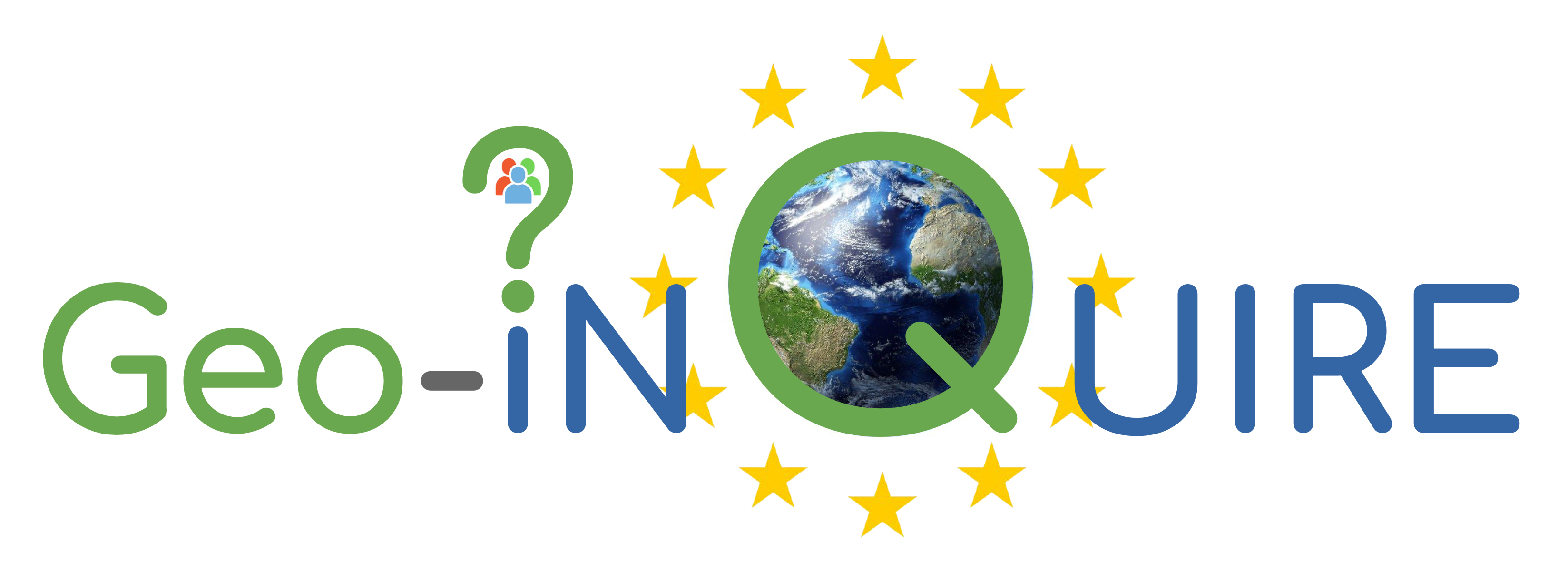Corinth Rift Laboratory - Optic Instruments
Host Institution:
National Observatory of Athens (NOA) and University of Patras, Greece
Description:
Corinth Rift Laboratory is an EPOS Near Fault Observatory (NFO), developed under a French-Greek collaboration. It monitors the fastest opening rift in the Euro-Mediterranean region with several M>6 earthquakes per century. With more than 60 instruments (seismometers, GNSS, strainmeters, tide gauges, meteorological), it is possible to track and interpret the dynamics of the seismicity and the deformation related to fluid pressurization and circulation at depth. Thanks to frequent earthquake swarms, lasting days to months, it has been discovered that some faults exhibit dual behavior, with transient creep and pore pressure diffusion. Most data and products from CRL are distributed through EPOS. In addition, new instrumentation is planned at CRL, with additional monitoring by fiber optic systems (DAS, BOTDR, innovative strainmeters and electrometers) and high frequency GNSS.
Services offered:
The experiments will provide infrastructure for distributed acoustic sensing (DAS) measurements, in various places, within the NFO area. The experiments will provide infrastructure for hosting DAS equipment (e.g., access, power, logistics etc) at two sites. The first site is within the Patras University campus (Fig.1) and the other one is located south of Patras city. The fiber starts at the Asteri Dam site and ends at the e Valmatoura village, where another smaller dam exists (Fig. 2). The first fibre installation is used for data connection with the university campus, while the second one for operation control and monitoring of the smaller Valmatoura dam, from the central operation building at the Asteri dam.
The TA measurements can be jointly used and validated by the existing CRL network. The experiments can have objectives in the field of seismology, geodesy, and meteorological studies. Those experiments will provide a unique opportunity to investigate seismic/aseismic coupling, seismicity, and the associated role of fluids. Those experiments will provide a unique opportunity to investigate seismic/aseismic coupling, and seismology. The full or down-sampled data collected during the experiments will be integrated into the seismological and geodetic VAs in WP2.
Modality of access:
The unit of the physical access to TA services is “1 week” , with typical physical access durations between 2 and 4 weeks, for one or two applicants. TA will be offered for in-person access to install instruments and to collect data.
Support:
The support offered is accessibility to various fibre optic locations, field installation and de-installation, remote control through the internet.
Additional information:
In general, the fiber’s type of connection is LC/UPC duplex, single mode, and the sites are easily accessible with access to power and internet, for first site. Moreover, the area is also monitored by a dense network of sensors (seismometers, accelerometers, GNSS etc.)
Contact person:
Efthimios Sokos (esokosupatras.gr)
Christos Evangelidis (cevannoa.gr)


